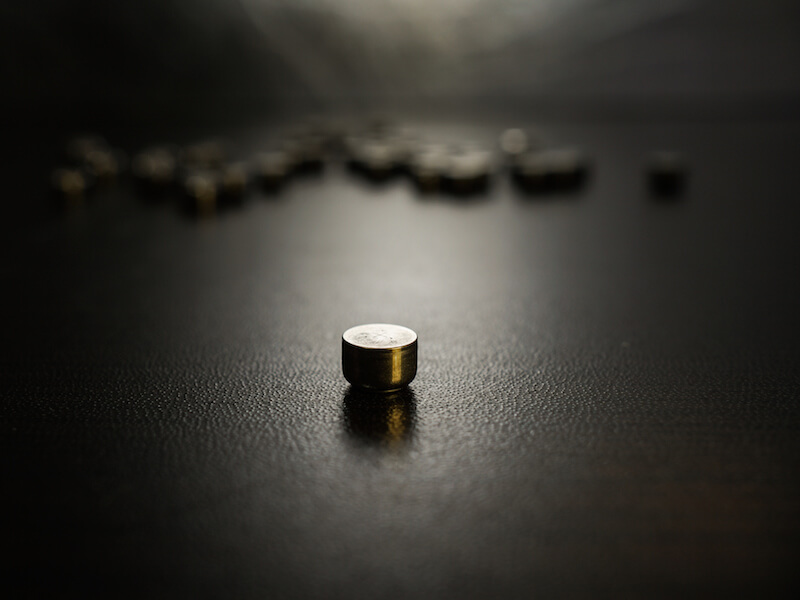
Modern technology has evolved the way we power electronics of every kind, from cameras to phones to music players. A robust, rechargeable hearing aid battery is finally realizing the hopes of hearing aid manufactures to replace the outdated disposable power sources of the past.
Disposable hearing aid batteries have historically been the power source of choice amongst manufacturers, with size 312 batteries serving as one of the more prevalent battery types. These days, the most prominent version of these batteries is generally known as a “zinc-air” battery.
Disposable Hearing Aids Have a Disadvantage
The presence of air impacts a zinc-air battery, as the name suggests. In the case of the 312 batteries used in a lot of hearing aids, the user is required to pull a little tab off the back of the battery before it’s turned on and functional.
The moment it is fully oxygenated, it starts to lose power. So the power is draining even if the user isn’t currently using it.
The biggest drawback to disposable batteries, for the majority of users, is how long they last. Some reports have cited the average life expectancy of a size 312 disposable battery to be between 3 and 12 days, which means users may have to switch out their batteries about 120 times every year.
That also means users may need to buy 120 batteries, spend the time twice a week to change them, and correctly dispose of each. From a cost perspective alone, that likely equates to more than $100 in battery purchases.
Advancements in Rechargeable Batteries
Fortunately, for hearing aid users looking for another alternative, there have been profound improvements to rechargeable hearing aids that now make them a viable solution.
The vast majority of individuals would wear rechargeable hearing aids if given an option according to some studies. Over the years, these models were not practical because they didn’t keep a charge long enough. However, modern advancements now enable an entire day of use per charge.
Users won’t see significant cost benefits by switching to rechargeable batteries, but where they will see an obvious improvement is in quality of life.
In addition to supplying 24 hours of use time, these new models result in less aggravation for the user, since there’s no more changing and properly disposing of batteries. They just need to place the battery on the charger.
When a disposable battery nears the end of its life it can’t run your hearing aid at full power. And you can’t tell how near the battery is to quitting. Consequently, users risk putting themselves in a situation where their battery may die at a crucial time. Not only is this a safety hazard, but users may miss out on significant life moments because of a faulty battery.
Hearing Aids Come in Different Types
Rechargeable batteries come in a number of different materials, each providing unique advantages. The ability to maintain a charge for 24 hours is one reason why integrated lithium-ion batteries are one worthwhile option that manufacturers supply. And smart-phones are powered by this same type of battery which might be surprising.
Another type of contemporary rechargeable battery is a silver-zinc. This revolutionary approach was originally developed for NASA’s Apollo moon missions. You can even use this technology to update and retrofit the existing hearing aids you’re comfortable with by changing the device to rechargeable power. These batteries, similar to lithium-ion, will also last all day before requiring a recharge.
There are also models that let you recharge the hearing aid without removing the battery at all. For these, users will place the entire hearing aid into a charging station when they sleep or at another time when the device is not in use.
While all of these rechargeable solutions offers considerable advantages over disposable batteries, each approach should be carefully vetted to get a complete picture and to identify if it’s right for you.
If you’re searching for more information about hearing aid technology or how to determine the best hearing aid to satisfy your needs, we encourage you to look at our hearing aids section.